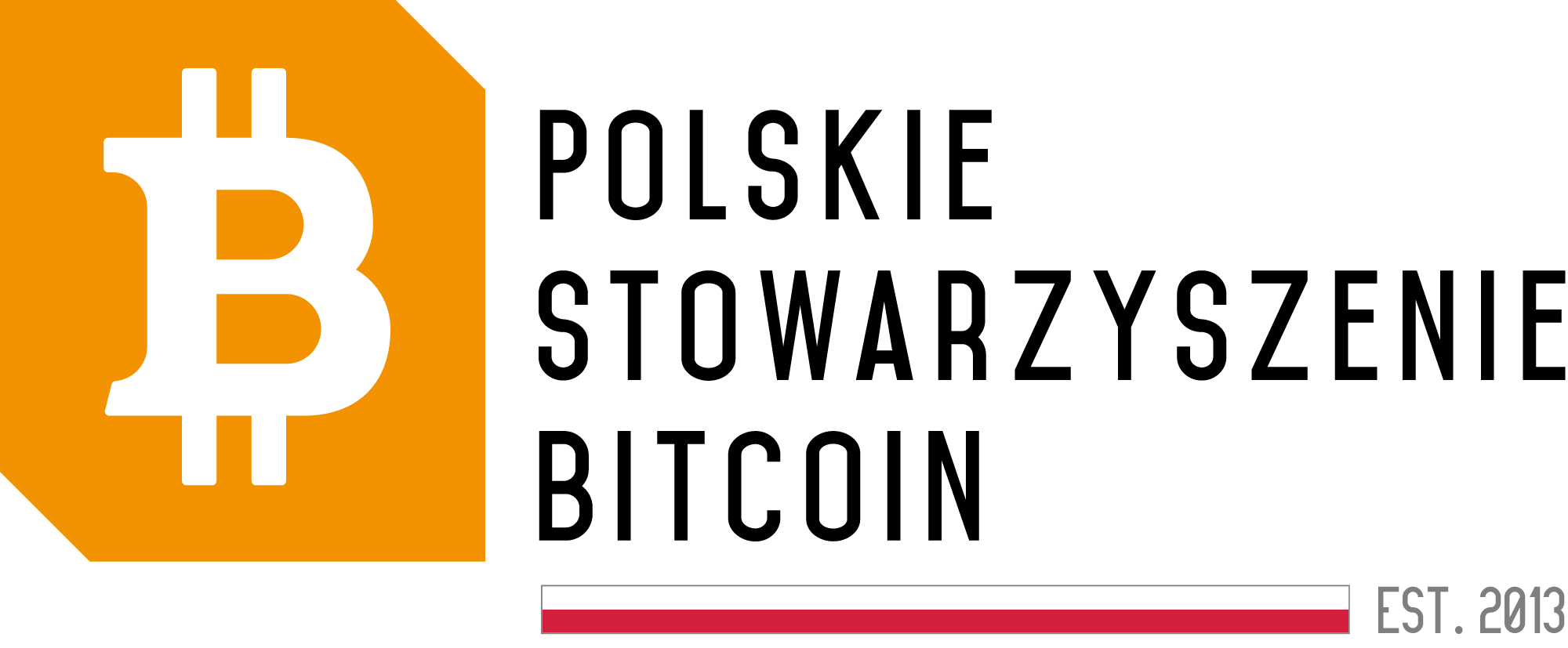Bitcoin: Investment Perspective in the Context of Halving
Bitcoin is the leading cryptocurrency in the market, characterized by a continuously decreasing new supply. However, every four years, there is an event known as halving, which significantly impacts this digital currency.
The Impact of ETFs on Bitcoin Demand
The recent introduction of exchange-traded funds (ETFs) for Bitcoin in the United States has led to a significant increase in demand for this cryptocurrency. This is an important impetus for the cryptocurrency market, which closely monitors changes in the regulatory and investment environment.
The Predictability of Halving as a Stabilizing Factor
The consequences of Bitcoin halving, which occur every four years, are predictable. This regularity can be reassuring for investors as it introduces an element of control over the issuance of new Bitcoin units in the market.
Deflationary Emission Schedule of Bitcoin
Bitcoin has a deflationary emission schedule associated with halving every four years. This means that the amount of new Bitcoin units entering circulation decreases, potentially supporting the value of this asset as a hedge against inflation.
The Impact of Interest Rates on Bitcoin Valuation
In the years leading up to 2024, maintaining low interest rates favored speculative assets, including Bitcoin. However, increases in interest rates by the US Federal Reserve have influenced the valuation of Bitcoin, although currently, other factors seem to outweigh this influence.
Institutional Interest and the Halving Cycle
Bitcoin is gaining increasing interest from financial institutions, which can impact both the stabilization of the asset’s price and its widespread use. The development of this cryptocurrency is often driven by mass acceptance more than by institutions.
The Future of Bitcoin Ahead of the Next Halving
Bitcoin’s recent achievement of a new ATH in March and April 2024, reaching a price of $73,900, may have a significant impact on the future price of this asset before the upcoming halving. The unique nature of Bitcoin’s halving cycle introduces predictable supply constraints, while demand remains a variable determining Bitcoin’s value.
Overall, Bitcoin is seen as a hedge against inflation and a store of value. The future of this cryptocurrency seems promising, especially in the context of upcoming halvings and the growing interest from financial institutions.






